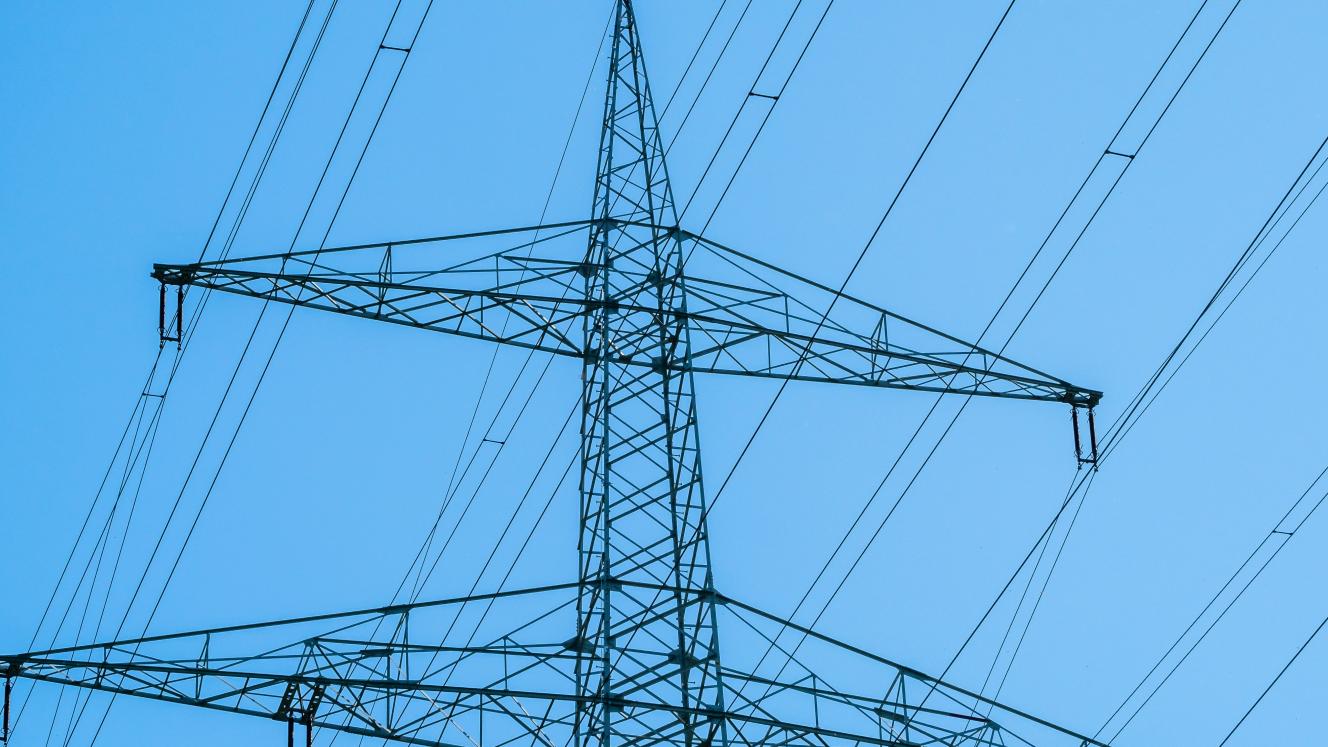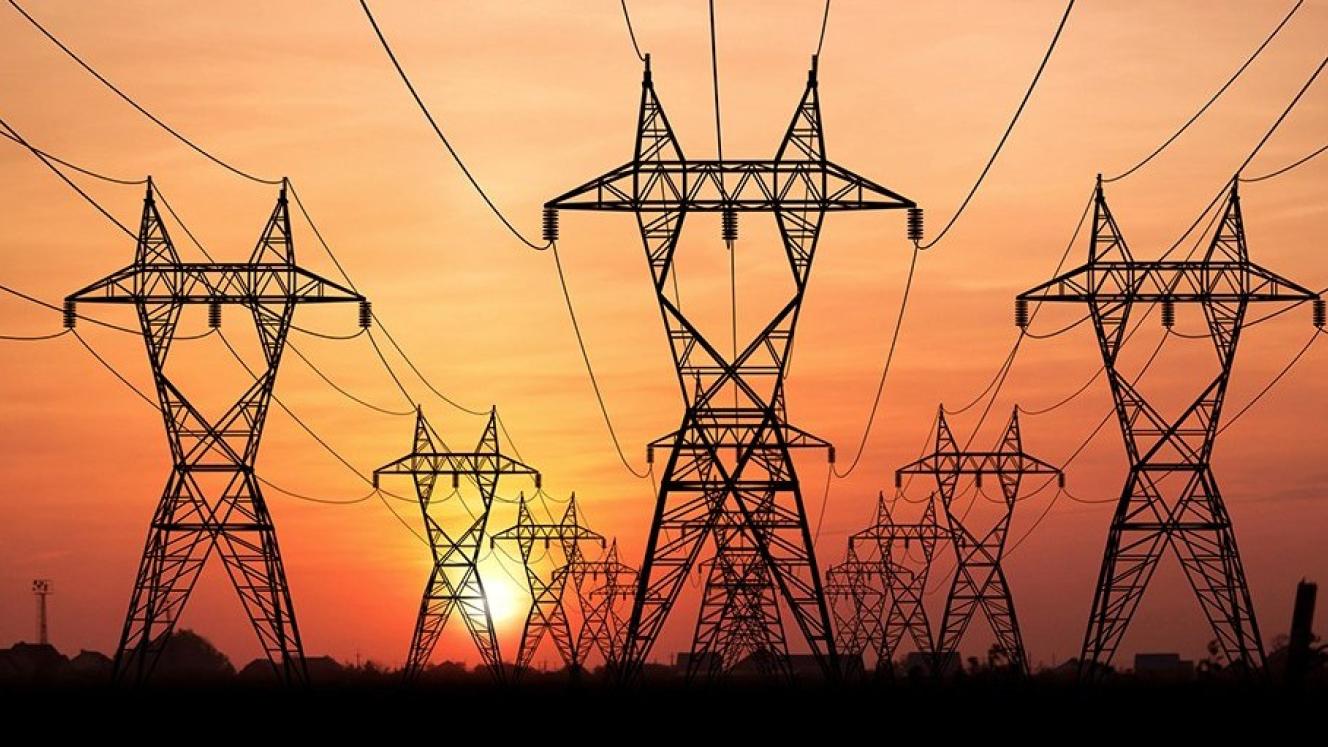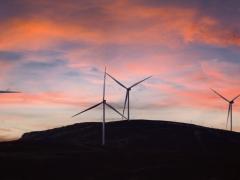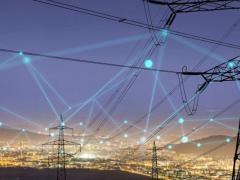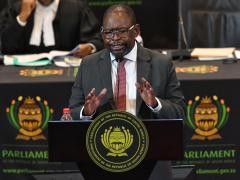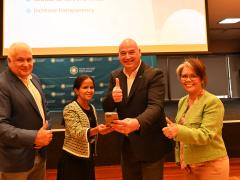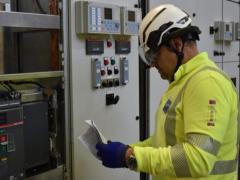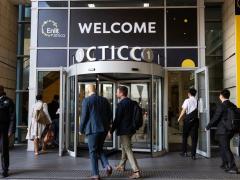A recent study examining grid access challenges in South Africa suggests that the country could benefit from adopting international best practices to develop “efficient, transparent and fair” grid access queueing mechanisms for renewable energy projects.
The report – Grid Access Queuing Mechanisms for RE Projects in South Africa – by Renewable Energy Solutions for Africa, delves into the current regulatory and grid management framework in South Africa. Drawing lessons from Italy, Chile, Brazil and the US, the study focuses on key performance indicators such as grid connection time, cost, regulatory clearances, connection queue management and transparency.
While South Africa demonstrates strengths in managing the cost of grid connections, indicating favourable financial conditions for projects, challenges persist in connection timelines, transparency and regulatory procedures. Delays in approvals and communication gaps among stakeholders underscore the need for streamlined processes to enhance infrastructure development efficiency.
“With historical reliance on coal, the nation is undergoing a transformative shift, incorporating renewables into its energy mix. The removal of licensing regulations and caps on embedded generation set the stage for increased renewable integration but challenges in grid connection and capacity management are proving difficult to navigate,” the report states.
Designed primarily for coal-based generation in Mpumalanga, the current grid connection process highlights infrastructure limitations, posing challenges for integrating wind and solar resources in other regions. “This results in inadequate grid development, particularly in transmission corridors from Mpumalanga to southwestern South Africa, which struggle to accommodate reverse flows due to limited connection capacities,” according to the report.
The study also notes uncertainties due to draft grid capacity allocation rules awaiting approval by the National Energy Regulator of South Africa (NERSA) affecting the allocation of renewable energy capacity in South Africa’s sixth bidding round, which saw less than a quarter of the 4 200 MW of capacity allocated – the majority of this to private projects serving the commercial and industrial markets.
The deficiency in guidelines became apparent during the sixth bidding round of the state-backed Renewable Energy Independent Power Producer Procurement Programme, the report states. “Despite the capacity allocation for new energy projects being increased to 4 200 MW, less than a quarter was actually allocated with no wind projects selected. The remaining capacity was filled by private projects due to the removal of the generation licensing cap intended to address the electricity crisis. This led to concerns over the fairness of the selection process and the effective management of limited grid capacity by Eskom, impacting the incorporation of renewables. Addressing these challenges calls for a coordinated effort to improve grid infrastructure and ensure equitable project selection.”
Currently, Eskom has a “first come, first served” approach to grid queuing while a proposed gated grid connection management process, pending NERSA approval, aims to prioritise generators and independent power producers demonstrating readiness and reliability.
Key performance indicators:
- Grid connection time: Brazil’s structured timeline approach offers a benchmark to enhance efficiency and reduce delays.
- Cost of connection: Chile’s open-access principle presents insights to minimise financial barriers for renewable projects.
- Regulatory requirements: Chile’s regulatory efficiency and subsidy-free market conditions showcase effective policy reforms.
- Connection queue management: The US PJM and Italy’s clustered assessment processes demonstrate optimal queue management strategies.
- Transparency and communication: The US PJM’s transparent procedures provide lessons to improve communication and procedural fairness.
